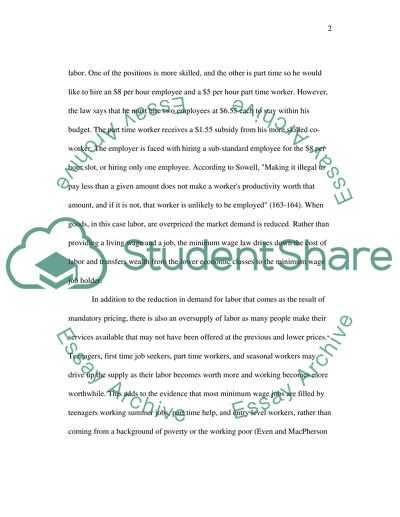Cite this document
(“The Minimum Wage Law Essay Example | Topics and Well Written Essays - 1500 words”, n.d.)
The Minimum Wage Law Essay Example | Topics and Well Written Essays - 1500 words. Retrieved from https://studentshare.org/miscellaneous/1504183-the-minimum-wage-law
The Minimum Wage Law Essay Example | Topics and Well Written Essays - 1500 words. Retrieved from https://studentshare.org/miscellaneous/1504183-the-minimum-wage-law
(The Minimum Wage Law Essay Example | Topics and Well Written Essays - 1500 Words)
The Minimum Wage Law Essay Example | Topics and Well Written Essays - 1500 Words. https://studentshare.org/miscellaneous/1504183-the-minimum-wage-law.
The Minimum Wage Law Essay Example | Topics and Well Written Essays - 1500 Words. https://studentshare.org/miscellaneous/1504183-the-minimum-wage-law.
“The Minimum Wage Law Essay Example | Topics and Well Written Essays - 1500 Words”, n.d. https://studentshare.org/miscellaneous/1504183-the-minimum-wage-law.


